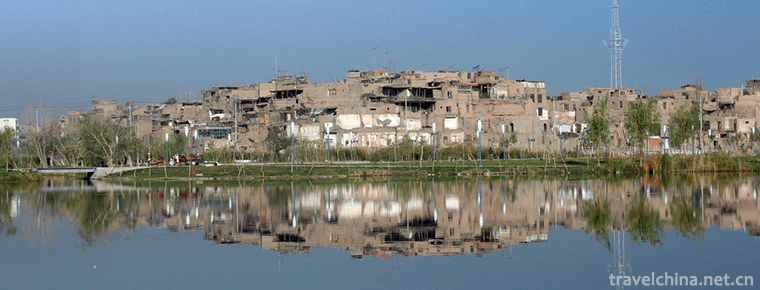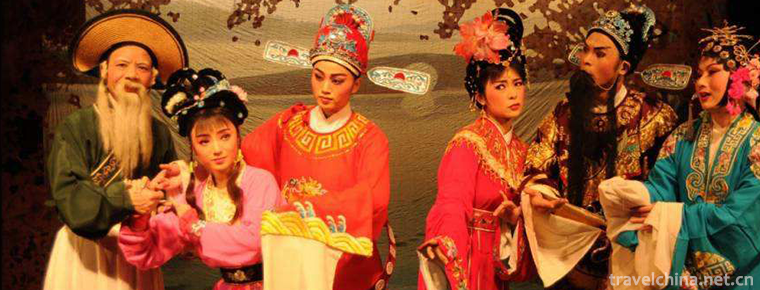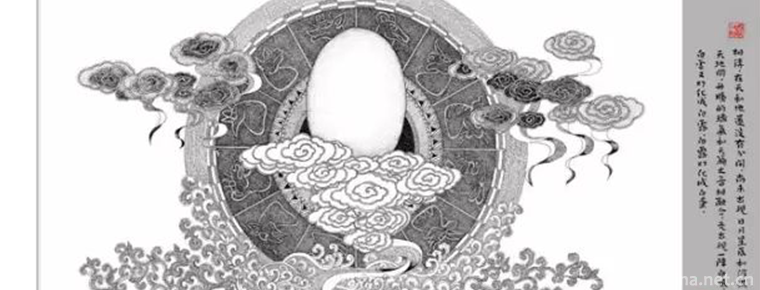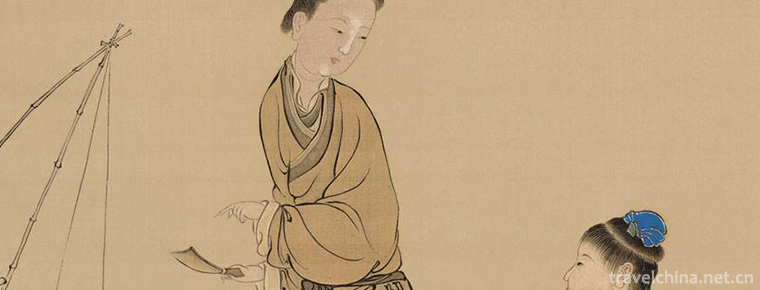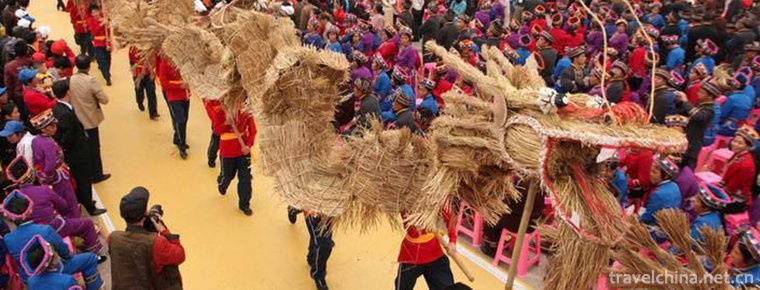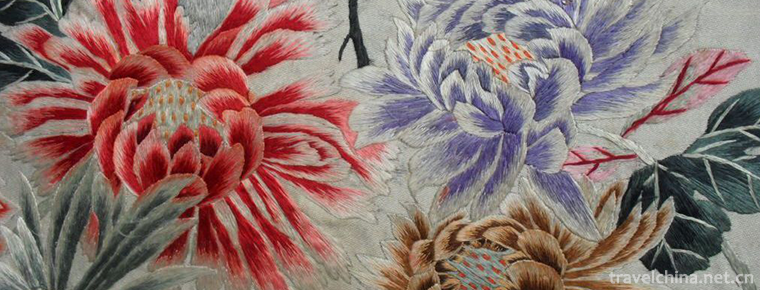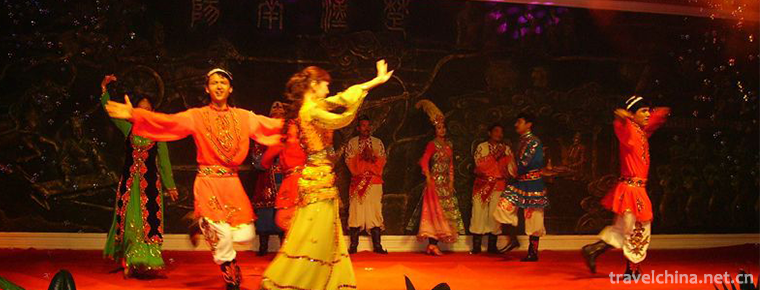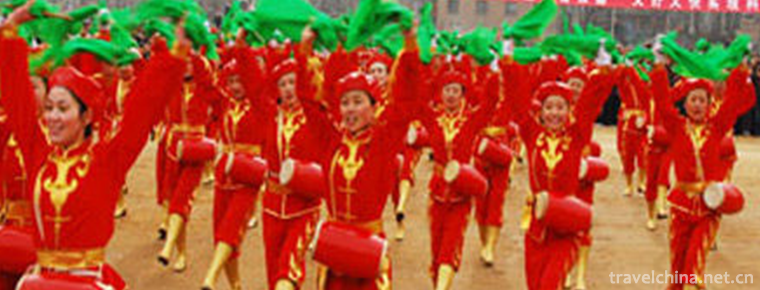Heap harmonics
Heap harmonics
"Heap Harmony" first spread in the Yarlung Zangbo River Basin, the high terrain west of Shigaze to the whole area of Ali circle dance, and later gradually prevailed in Lhasa. It was the first dance accompanied by six stringed instruments.
On June 7, 2008, the "heap harmony" declared by Lazi County of Tibet Autonomous Region was listed in the second batch of national intangible cultural heritage list with the approval of the State Council. The serial number is 679 III-82.
historical origin
origin
Heap harmony, that is, singing and dancing in the upper part of Tibet or in the western part of Tibet. The literal translation of "heap" in Tibetan is "upper part" or "western part", and the translation of "harmony" is "song and dance". "Dui" has two meanings: on the one hand, "Dui" is a geographical division name from the early phase, that is, the Tibetan area was previously divided into "upper Ali three rings", "central Wei Zang four wings", "lower Duokang six gangs". And "Dui" is the abbreviation of "upper Ali three rings". It refers to the vast area from northwest of Rikaze region to Ali region in Tibet Autonomous Region. And the Ladakh region of Kashmir under Indian control. On the other hand, because most people live along the valley in the Tibetan plateau, they are accustomed to using the flow direction of the river to identify the orientation. They call the downstream areas "wheat" and the upstream areas "heap", and usually call the fixed date of the upper reaches of the Yarlung Zangbo River, the area around Lazi and the area to the West "heap". The people there are called "heap pa", and the songs and dances of the heap PA people are called "heap harmony". Luo Nianyi: On the Formation of Three Major Music and Dance in Tibet and Guoxie . Art Research Dynamics, No. 6, 1987, P. 5. As far as heap harmony is concerned, the "heap" of the "three rings of upper Ali" is only a general and customary term of geographical division, but does not entirely mean that the whole "three rings of upper Ali" are distributed in a heap of harmony. Some scholars even believe that "there is no such art form in the Ali region" (Note: a lot: On Tibetan heap harmony music art","Dynamics of art research", No. 4, 1987, P. 46). In fact, the "heap" in Dingri, Lazi and the west is the main birthplace of heap harmony.
Development
Following its introduction to Lhasa from Dingri and Lazi, Jigaze enjoyed great popularity from all walks of life, especially from the upper classes and urban residents, and thus flourished constantly. Moreover, "the style of its music and dance has gradually changed, the simple local flavor has decreased, and it has become more beautiful and meticulous" (Note: Editor-in-chief of Tian Liantao: Traditional Music of Chinese Minority Nationalities) 》 , Beijing: Central University for Nationalities Press, 2001, P. 633. Accompaniment instruments also consist of Zanian, Chilin-flute, Beijing Hu, special Qin, dulcimer, Yaka-string bell and other instruments. At the same time, the meaning of the name "heap harmony" has gradually changed, so that people from other places initially referred to folk songs and dances spread from "heap" area as "heap harmony", and later specifically referred to the evolution and development of the original heap harmony in Lhasa and other towns as "heap harmony" or "Lhasa heap harmony", while folk songs and dances in the original birthplace were called "heap harmony", that is, "heap harmony".“ The songs and dances of Duiba people. Although "the relationship between heap harmony and heap harmony is flow and source" (Note: Tian Liantao: Collection of Tibetan Traditional Music , Lhasa: Tibetan People's Publishing House, 1997). However, the spread of Duihun through Lhasa and Shigaze has greatly changed its style and structure, while Duihun still maintains its rough and plain original appearance, full of local flavor.
artistic characteristics
Form of performance
The composing harmony is mainly the art of singing and dancing, but it can also be a form of singing and dancing only, or even instrumental music with both singing and dancing abandoned. Because of the flexible combination structure principle of stack harmony and the relatively independent pleasure of the two sections of slow board and fast board, the whole structure of stack harmony will also be decomposed and tightened, and the most common one is to omit the slow board part. "Generally speaking, whether or not the Allegro is omitted depends entirely on the atmosphere of the whole performance site. The atmosphere on the scene is warm and emotional. When artists are agitated, they tend to respond at random, omitting the Allegro and playing the lively Allegro music directly from the interval" (Note: Gengdui Peijie: History of Tibetan Music, Lhasa: Tibetan People's Publishing House, 2003). Years, P. 163. In addition, sometimes different stack harmonics can even be combined to perform a stack of harmonic slow boards followed by another stack of harmonic fast boards, which shows that the structure of stack harmonic not only has obvious combination and synthesis (Note: Ibid., P. 161). And with collage features. As the choreography part is the most expressive part of the choreography, and the most enthusiastic and popular part of the majority of the audience, nearly half of the choreography has only the Allegro and there is no fixed prelude and the slow choreography part. In this case, the original interlude is usually used as the current play to enter the active Allegro directly, while the fixed afterplay is regarded as another landmark paragraph with genre significance and almost no omission.
Basic structure
The first is: Prelude (Fixed) - Song and Dance (Change) - Interlude (Fixed) - Song and Dance (Change) - Post (Fixed)
The second is: Interlude (Fixed, at this time act as a prelude to the Allegro paragraph) - Singing and Dancing (Change) - Post-play (Fixed)
Inheritance status
Every August, Lazi holds a Festival of Harmonious Culture. Each town's performing teams compete and talk to each other in the competition.
In 2007, Lazidui, from Xigaze, Tibet, stepped on the stage of CCTV Spring Festival Gala.
Since 2007, the Lazi County Farmers'Art Troupe has participated in the 3rd National Minority Literature and Art Festival, the opening ceremony of the 15th Golden Rooster Hundred Flowers Award, and the 10th anniversary celebration of Hong Kong's return.
In May 2014, the Lazi Farmer's Art Troupe held a series of harmonious performances for the heads of state at the Asia Credit Summit.
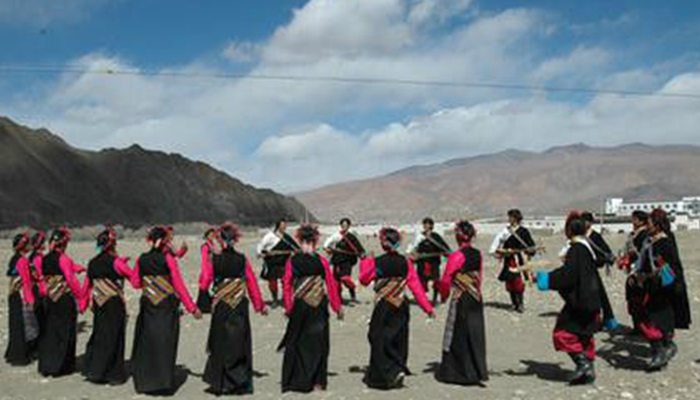
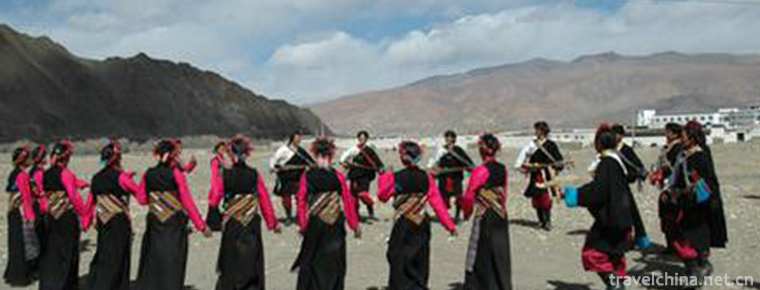
Heap harmonics
-
Kashgar Ancient City
The ancient city of Kashgar, a national AAAAA tourist attraction, covers an area of 20 square kilometers. The capital of Shule was renamed Panzhi City, the predecessor of Shule City in the Western Han
Views: 137 Time 2018-12-12 -
Wulingyuan
Wulingyuan Scenic Spot is located in the northwest of Hunan Province, central China. Its longitude is 110 20'30 ~110 41'15 and latitude is 29 16'25 ~29 24'25
Views: 173 Time 2019-02-24 -
Taiwanese Opera
Gezi Opera, a local traditional drama in Zhangzhou and Xiamen, Fujian Province, is one of the national intangible cultural heritage.
Views: 304 Time 2019-05-01 -
Black On White
The Black-and-White War is a comic book about the Naxi epic Black-and-White War, which consists of seven chapters.
Views: 369 Time 2019-05-03 -
Legend of Mencius Mother and Godson
Legend of Meng Mu and Godson, Zoucheng local traditional folk literature, Shandong Province, one of the national intangible cultural heritage.
Views: 188 Time 2019-06-04 -
Mulao Effort Festival
Mulao people mainly live in Guangxi Zhuang Autonomous Region and call themselves "Ling" and "Jing". Yifan Festival is a unique traditional festival of Mulao nationality, with a str
Views: 120 Time 2019-06-06 -
Suzhou embroidery
Suzhou embroidery is the general name of embroidery products in Suzhou area. Its origin is in Wuxian, Suzhou. Now it has spread all over Wuxi, Changzhou and other places. Embroidery and silkworm reari
Views: 135 Time 2019-06-17 -
Uygur Folk Songs
Uygur folk songs are rich in content, which can be divided into two parts: traditional folk songs and new folk songs. Traditional folk songs include love songs, labor songs, historical songs, Life son
Views: 180 Time 2019-06-26 -
Yicheng Flower Drum
Yicheng Huagu, according to historical records, existed during the Zhenguan period of the Tang Dynasty, reached its peak in the Ming Dynasty, and only in the Qing Dynasty did this activity have a clea
Views: 215 Time 2019-07-13 -
Communication University Of China
Communication University of China ( Communication University of China Referred to as "Zhong Chuan", located in the capital city. Beijing Yes. Ministry of Education of the People's Republic o
Views: 159 Time 2019-12-03 -
Concept of Cheongsam
Whether "Qipao" refers specifically to the Qipao in the Republic of China or includes the "Qiren's Robe" or "Qinu's Robe" in the Qing Dynasty. The definition of the concept of Qipao is as controversial as the origin style of Qipao.
Views: 332 Time 2020-12-11 -
Plant resources in Yibin
Yibin City belongs to subtropical evergreen broad-leaved forest area, with rich plant species and diverse vegetation types. There are 435 species of arbor and shrub plants, 205 genera, 86 families, 59 species of bamboos, and 310 species of landscapi
Views: 316 Time 2020-12-18
